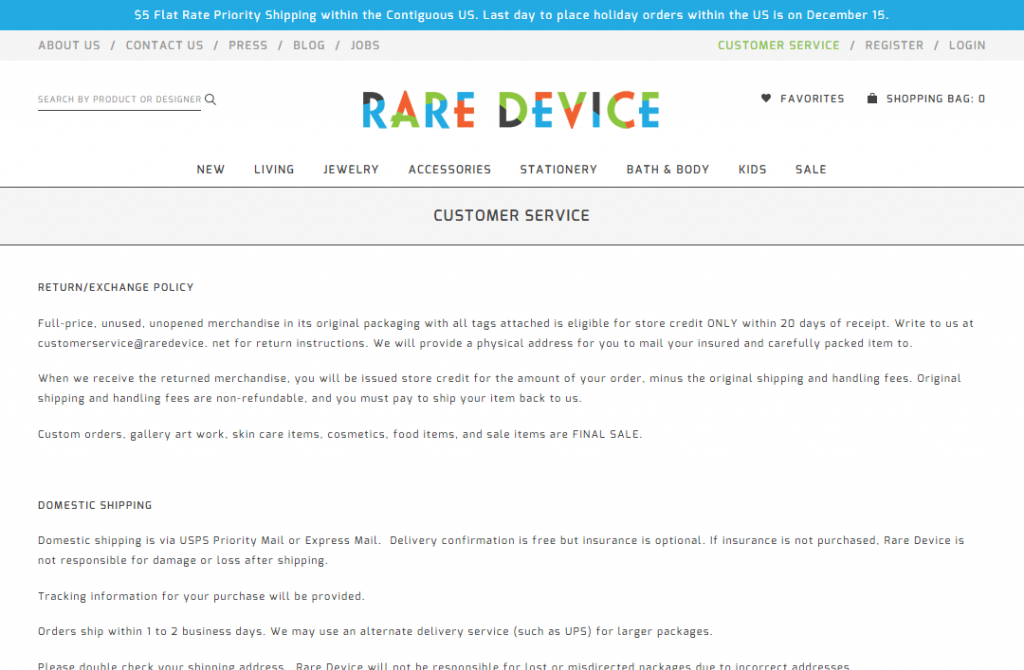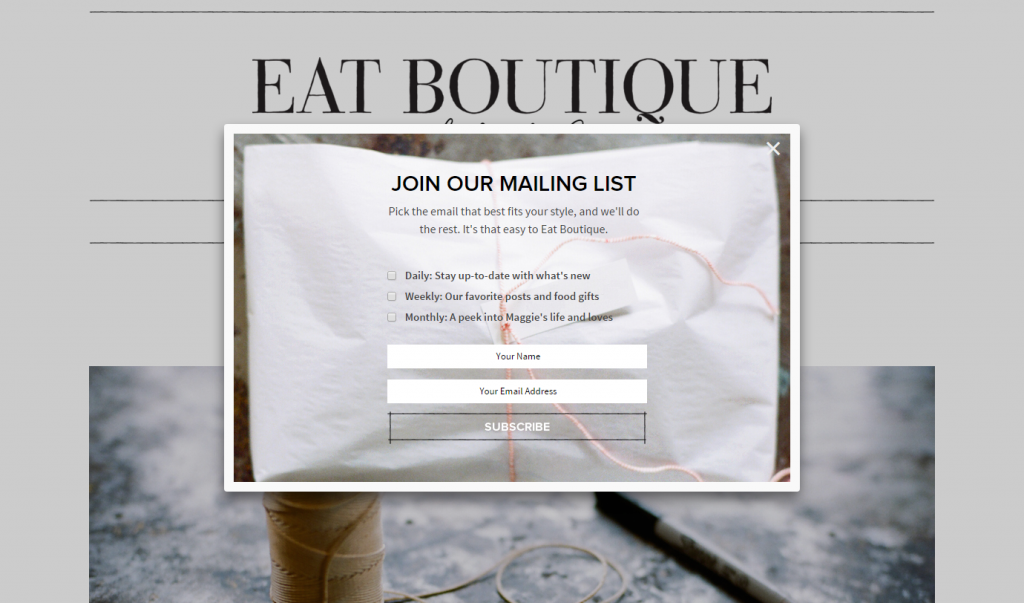The timing couldn’t be better for me to write this blog post, as I’ve just had a negative experience trying to buy a new exercise bike online this week.
You’ll notice I said ‘trying’, as I’ve already picked out the one I want but it’s been two days now and I’m still waiting for a proper answer from the store!
It’s frustrating as online shopping is meant to be instant, convenient and fun. That exercise bike has just turned into the proverbial sandcastle: incredibly beautiful when it’s built but just one little mistake washed it all away.
If you don’t convert visitors into customers, you’re losing sales!
It’s the smart business owner that knows a successful website goes hand in hand with conversion rates. Sales are essential to maintain your business, and to sell your products and/or services you need a website that is optimised to convert — otherwise it’s just a pretty online brochure.
We all get overwhelmed sometimes by the sheer amount of work we have to do to be successful, but let’s take a moment to break it down into bite-size pieces so you can better understand how to convert visitors into customers.
1. Focus on benefits, not features
Caring about features comes secondary to your potential buyers. Quite logically, your customer doesn’t place the most importance on the whiz-bang features of your product; they care about the benefits.
How is the product going to benefit them, make their life easier, help them achieve their goal? Describe exactly what problems your product solves, and you’ll routinely convert more sales than if you waffled on only about features.
2. Give helpful answers to streamline the sales process
With my experience this week, the store did email me back promptly (fabulous!), but all they did was answer my questions with more questions.
I don’t have time for this, was my first thought. Offer me a range of solutions based on the scenario I gave you and your previous experience.
Because I was desperate for this bike and it came with a great deal, I (stupidly) wrote back, helping them. Do you see where I’m going with this? I shouldn’t have to help them. I’m the customer!
I’ll rephrase, I was the customer. As you build your product pages, pre-empt questions that your visitor may ask and throw them a bone by threading the answers throughout your website and product descriptions. You need to anticipate your audience’s reactions to what you’re offering.
3. Understand the importance of copywriting
First and foremost, your sales copy either sells for you or it doesn’t. Learning to write like a pro takes practice, and with anything practice makes perfect. The more you do it, the better and faster you’ll become.
If writing copy is really not one of your strengths, then it’s a wise move to hire a professional copywriter to do this for you. The copy you receive will pay for itself over and over again because it’ll convert visitors into customers.
4. Use attractive images and make your product the hero
The website images paired with your products can make or break the sale. Bad, ugly or blurry images will subconsciously kill any desire for an item. It’s worth putting in a little more time to ensure your images do your products justice.
I could go on and on about colour palette and philosophy here, being a graphic designer, but you get the idea. A golden rule for your colour palette is keep to the ‘maximum three colour rule’. At the very most you can use four colours (the fourth colour being an accent only).
5. Get what you want with the call to action (CTA)
To reiterate from my last post, 12 eCommerce Website Tips that Will Boost Your Sales, conversions are all about directing your audience to what they should do next with pretty buttons, graphics and/or links. One of the biggest sales dampeners is the wishy-washy or nonexistent CTA. Make your CTAs matter, and make them clean, concise and purposeful.
6. Stay ahead of the traffic curve with search engine optimisation (SEO)
Do take the time to write unique titles and meta descriptions/excerpts for each and every page, post and product on your website. Google, as sophisticated as she is, thinks the very same meta data on different pages means duplicate content, and these days she may even penalise you for it.
Side note (I get question a lot): How do you know if Google has already penalised you for something you weren’t even aware of? Answer: You can check in your Google Webmaster Tools dashboard to see if Google has sent you a very obvious notification (you’ll see a new message pop up) of a penalty.
Deploy these tips on your website and convert visitors into customers
So, there you have it — more ideas for you to ponder. Sometimes all it takes are some minor tweaks here and there to improve conversion rates.
The great news (especially if you have a self-hosted WordPress website) is the power is in your hands to make your website a lean, mean, 24/7 selling machine! Go out there and make it happen.












